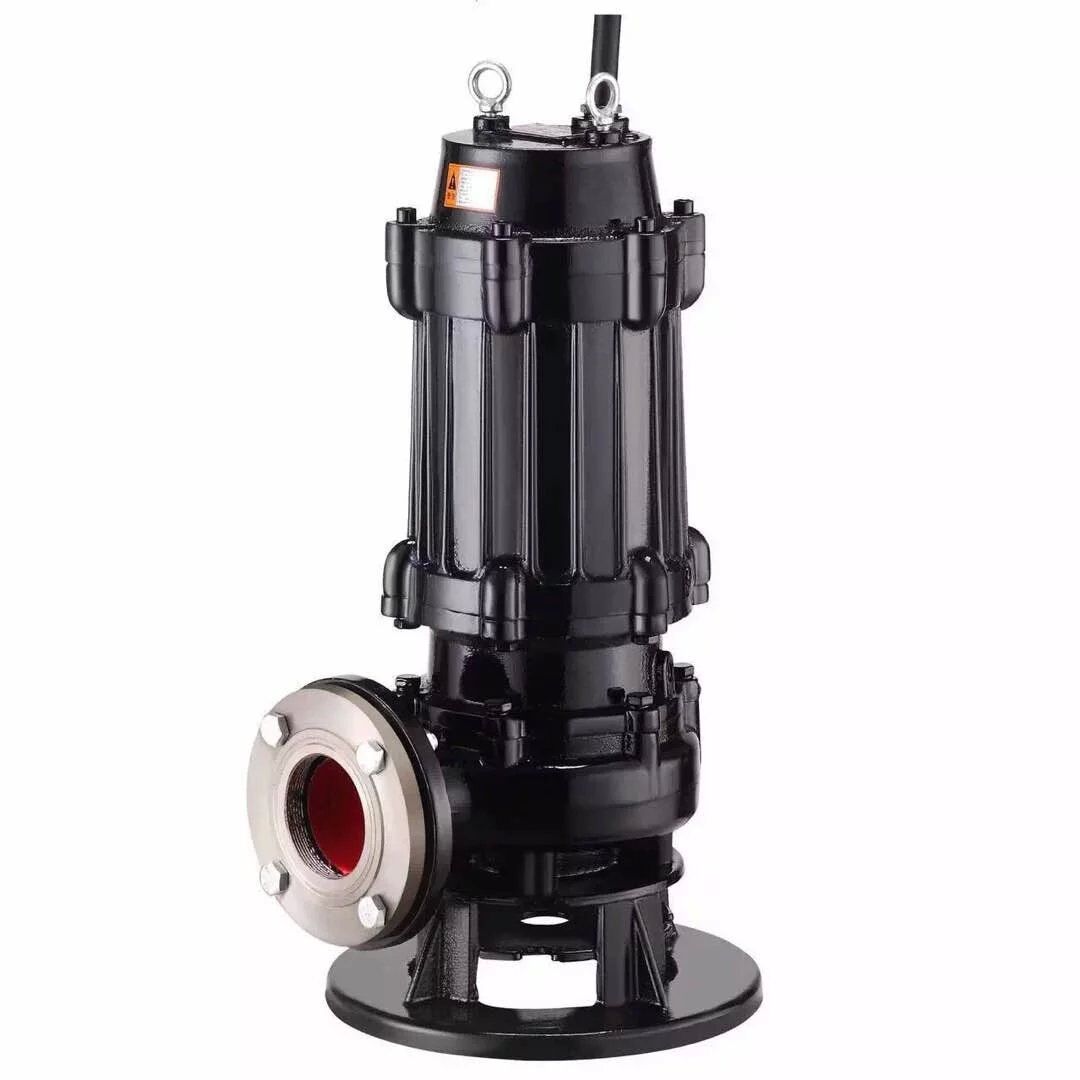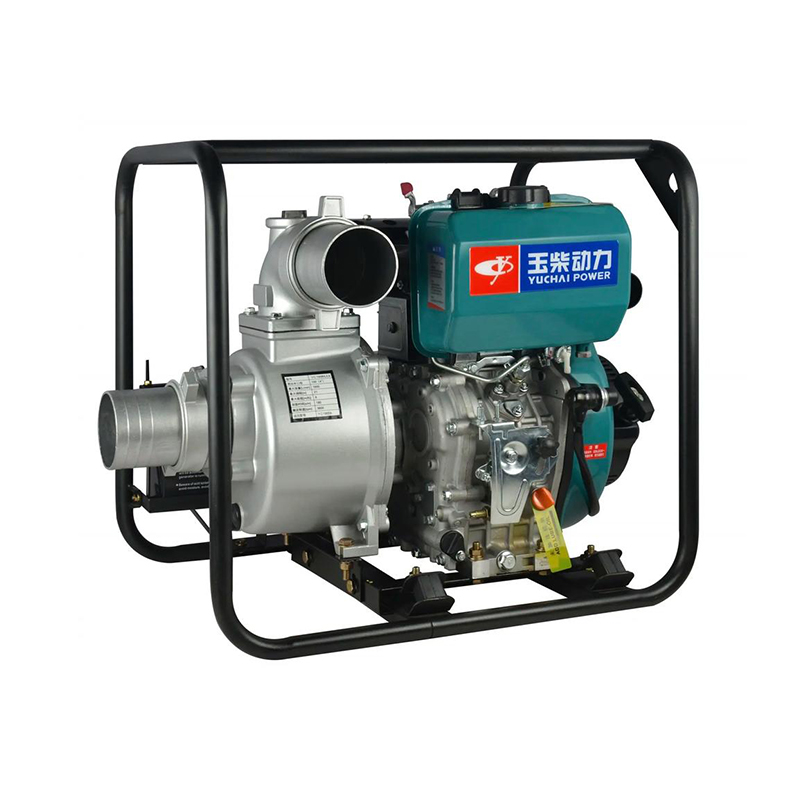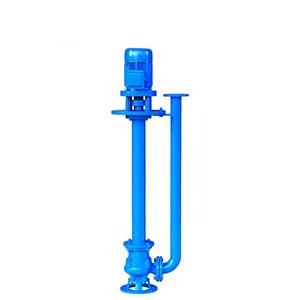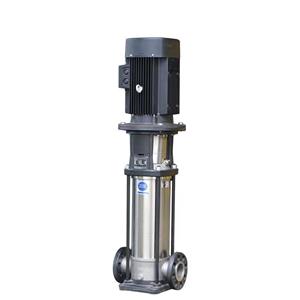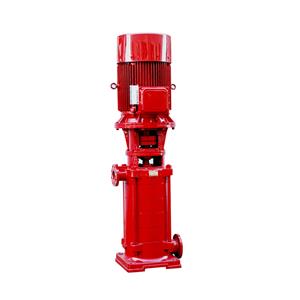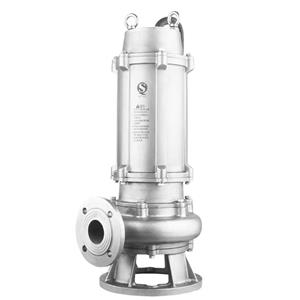Best Pumps for African Agricultural Irrigation: A Comprehensive Guide (With Imagery Guide) Introduction
Agriculture is the backbone of many African economies, employing over 60% of the continent’s population. However, inefficient irrigation systems hinder productivity due to erratic rainfall, water scarcity, and limited access to reliable energy. Choosing the right pump for irrigation is critical to optimize water use, reduce costs, and boost crop yields. This article explores the most suitable pumps for African farmlands, their applications, and practical considerations—accompanied by suggested imagery for visual storytelling.
1. Challenges in African Agricultural Irrigation
Before diving into pump types, it’s essential to understand the unique challenges:
Water Scarcity: Arid regions like the Sahel depend on groundwater or seasonal rivers.
Energy Access: Many areas lack stable electricity, relying on diesel generators or solar power.
Durability: Pumps must withstand dusty environments, corrosion, and intermittent maintenance.
Cost Sensitivity: Smallholder farmers need affordable, high-value solutions.
2. Top Pumps for African Farmlands
A. Solar-Powered Water Pumps
Why They’re Ideal:
Energy Efficiency: Solar pumps eliminate reliance on grid electricity or expensive diesel.
Scalability: Suitable for small to medium-sized farms.
Low Maintenance: Minimal moving parts reduce breakdown risks.
Key Features:
Submersible or surface-mounted options.
Compatible with drip or sprinkler irrigation systems.
Suggested Imagery:
A solar panel array powering a submersible pump in a rural Kenyan farm.
Farmer operating a solar pump controller in a maize field.

B. Centrifugal Pumps (Single/Double-Suction)
Applications:
Single-Suction Pumps: Ideal for low-to-medium flow irrigation (e.g., vegetable gardens, small plots).
Double-Suction Pumps: Used for high-flow needs like large-scale rice paddies or cotton fields.
Advantages:
Handle water with suspended solids (common in African rivers).
Easy maintenance with split-casing designs.
Suggested Imagery:
Side-by-side comparison of single-suction vs. double-suction pumps in a Nigerian irrigation project.
Close-up of a double-suction pump discharging water into a canal.
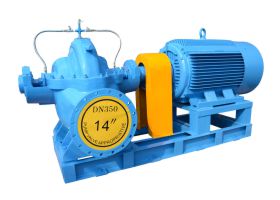
C. Submersible Pumps
Use Cases:
Borehole or well irrigation in regions like Tanzania’s Arusha region.
Deep water extraction (up to 200 meters).
Benefits:
Prevent cavitation in deep wells.
Quiet operation and minimal space requirements.
Suggested Imagery:
Submersible pump installed in a Ghanaian borehole with water flowing into irrigation channels.
Farmer monitoring a submersible pump control panel.
D. Manual or Pedal Pumps
Role in Smallholder Farming:
Low-cost, human-powered solutions for remote areas.
Common in Malawi’s subsistence farming communities.
Applications:
Supplemental irrigation for gardens or small plots.
3. Key Factors to Consider When Choosing a Pump
Water Source:
Surface water (rivers/lakes) → Centrifugal pumps.
Groundwater (wells/boreholes) → Submersible pumps.
Flow Rate & Head Pressure:
Calculate required flow rate (m³/h) based on crop water needs.
Match head pressure to the vertical distance from the water source to the field.
Power Availability:
Solar pumps for off-grid areas.
Diesel generators as backups in regions with unreliable electricity.
Durability & Maintenance:
Stainless steel or corrosion-resistant materials for humid climates.
Opt for brands offering local after-sales support (e.g., Grundfos, ITT Goulds Pumps).
Cost:
Solar pumps have high upfront costs but low operating expenses.
Diesel pumps are cheaper initially but costly long-term.
Suggested Imagery:
Infographic comparing pump types based on flow rate, power, and cost.
Farmer calculating irrigation costs on a smartphone.
4. Case Studies: Successful Pump Implementations in Africa
Case 1: Solar-Powered Irrigation in Kenya’s Rift Valley
Challenge: Drought-prone farms struggled with erratic rainfall.
Solution: Installation of solar-powered centrifugal pumps.
Outcome: 40% increase in maize yields, reduced water waste by 60%.
Image Suggestion:
Satellite imagery showing solar arrays and irrigated fields in the Rift Valley.
Case 2: Submersible Pumps in Nigeria’s Rice Belt
Challenge: Farmers relied on manual watering, limiting rice cultivation.
Solution: Deploying submersible pumps for flooded rice paddies.
Outcome: Tripling of annual rice production per hectare.
Image Suggestion:
Aerial view of irrigated rice fields in Kano State, Nigeria.
5. Future Trends: Smart Irrigation Technologies
IoT Sensors: Monitor soil moisture and automate pump operations.
Pay-As-You-Go Solar Models: Enable affordable access for smallholders.
Government Initiatives: Countries like Ethiopia and Rwanda are subsidizing irrigation pumps to combat food insecurity.
Image Suggestion:
Farmer using a smartphone app to control an IoT-enabled solar pump.
Conclusion
Africa’s agricultural potential is vast, but unlocking it requires tailored irrigation solutions. Solar pumps lead the charge for sustainability, while double-suction and submersible models address high-flow and deep-water needs. By investing in the right pumps and leveraging modern technologies, African farmers can build resilient, profitable farming systems.
Call to Action:
Explore trusted brands like Grundfos, Pedrollo, and Lowara for durable, high-performance pumps. Partner with NGOs or government programs for subsidies and training.

